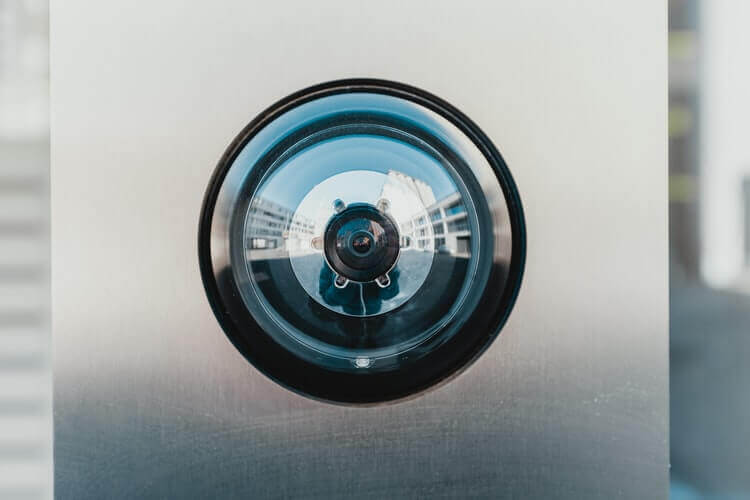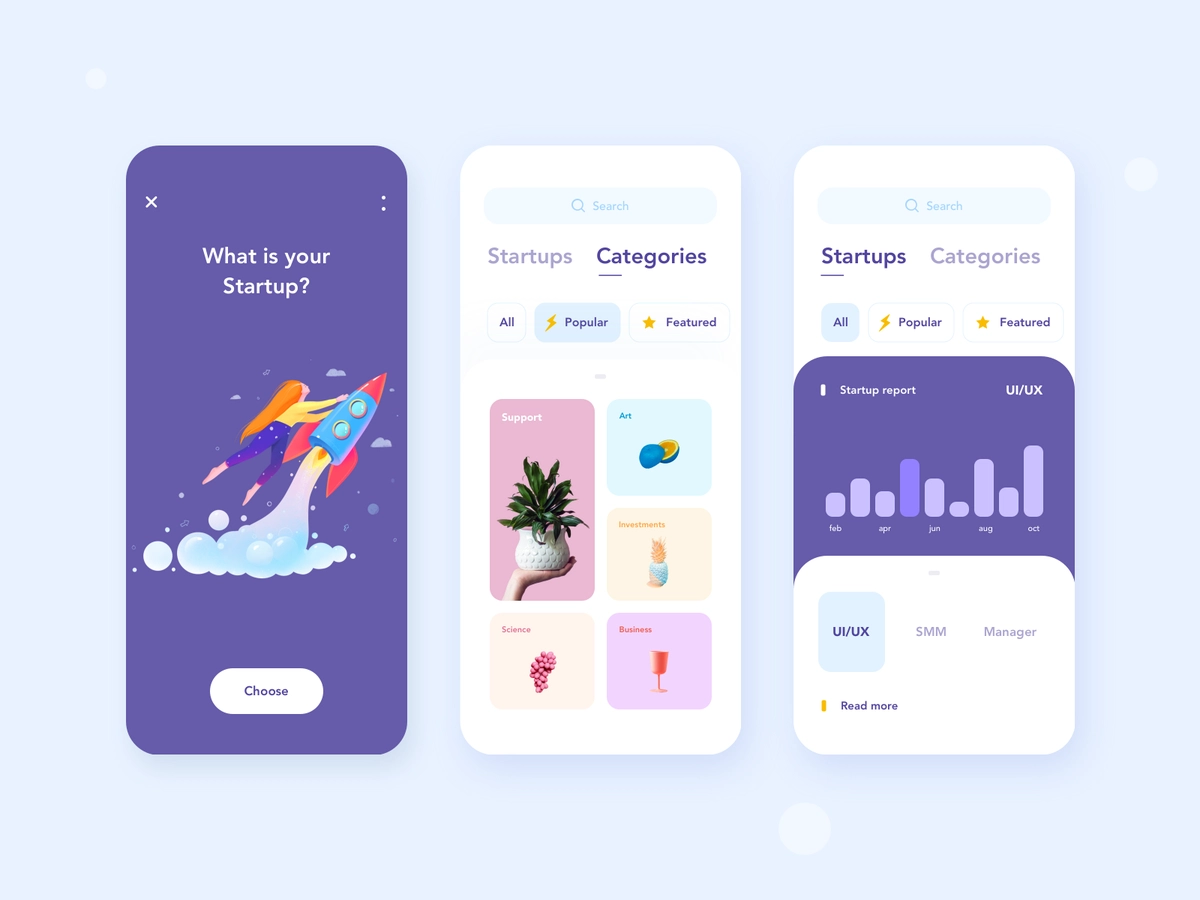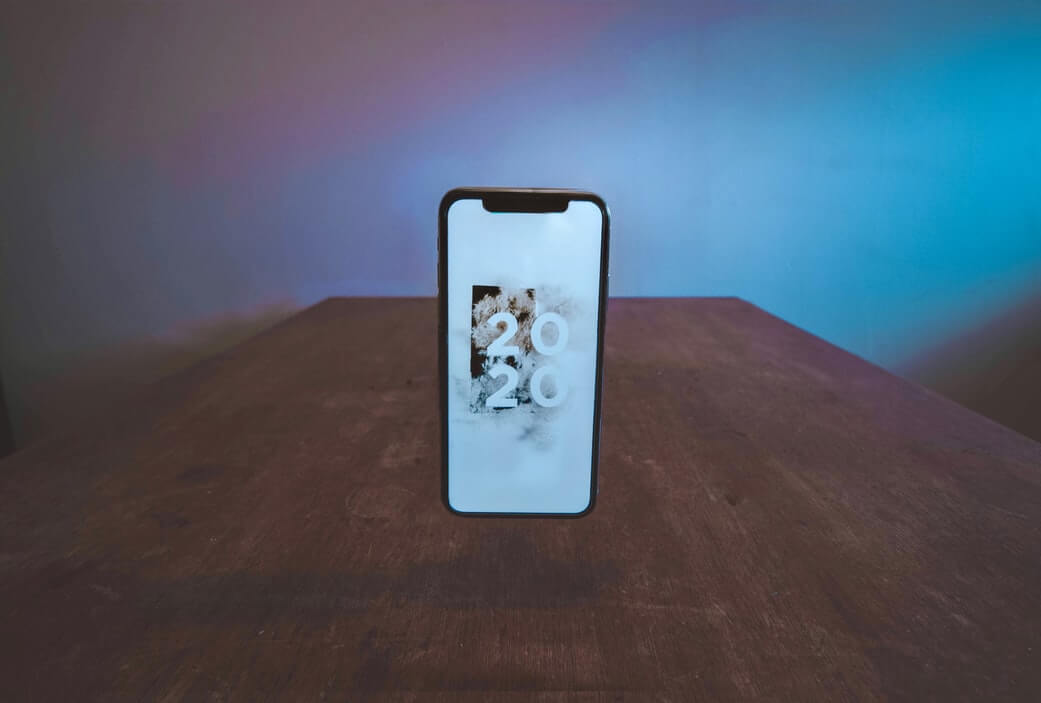10 Point Checklist: How to Improve Your Mobile Application Security
Nowadays mobile applications come in hand to all of us as they solve different problems or help us complete daily tasks. Millennials use apps for various purposes, including tracking a parcel or creating a grocery shopping list. In fact, the number of downloaded mobile applications for the past year is over 200 billion and it’s expected to grow to 258 billion in 2022, according to Statista.
However, as they grow in popularity, we can also see additional concerns around their security. E-commerce or health apps, for instance, may contain sensitive information about the user’s overall health, location, and credit card details. On the other hand business apps have data about companies that need to be protected as well.
Over the years, mobile application security tends to improve. Nevertheless, a report shows that there are 322 security flaws in Android apps and 124 in iOS ones in 2018. This might be a drastic improvement from the previous year, but it also means that developers still need to work on that aspect to avoid data leakage.
According to Forbes, 70% of the most used Android apps leak sensitive data and put millions of consumers at risk. This is why all steps from planning your mobile app development to launching the actual app and its further maintenance matter. Here are some ways that you can improve your mobile application security so that your users and your business won’t be at risk.
Understand platform-specific limitations
You need to understand the security features and limitations of the platform or platforms that you are developing an app for and code accordingly. Also, bear in mind different use case scenarios, passwords, encryption, and geolocation support for the operating system you work with. This way you can develop and distribute the perfect mobile app for the chosen platforms.
If you chose to work on iOS there are plenty of tips to design a perfect mobile app that’s also secure and provides the best user experience. There are plenty of steps you can take to enhance Android app security as well.
Start with a secured app code

Mobile app security needs to be a priority from the very beginning, just like any other software project. Native apps are more vulnerable than web ones because once downloaded, the code resides on a device. A common mistake is that businesses fail to focus on spending on a secured code.
Developers’ error or failure to test the code might cause huge vulnerabilities to your app, making it easy for hackers to get the information they want. To avoid that you need an encrypted code, that is thoroughly tested for vulnerabilities. Keep in mind that the app store’s approval doesn’t necessarily mean that your mobile app is safe. There are plenty of unsecured apps that have been put on various stores.
Encrypt all data as well
Encrypting the code is not enough. All data that is exchanged over your mobile app has to be encrypted as well. Encryption means that even if data is stolen, there’s nothing hackers can do with it, as it’s just lettering with no meaning unless you have a key.
For enterprise apps and ones that contain any sensitive user information, the data must be encrypted, as this makes it nearly impossible to be used.
Secure your network connections

All servers that a mobile app accesses need to have security measures in order to protect data and prevent unauthorized access. APIs and anyone who access them has to be verified to prevent spying on sensitive data passing from a client to the app’s server and database.
You can add extra security through encrypted connections or VPN (a virtual private network). Containerization is another security measure that creates encrypted containers for securely storing data and documents. Always protect the right data in the right way, because leakage through a network connection is pretty common.
Minimize storage of sensitive data
Speaking of data storage, it really needs to be kept to the absolute minimum in order to avoid any risks. In fact, if it’s possible never store confidential user data within a device or in your servers. These only increase risk levels.
However, if you still have to store data, it’s essential to use the encrypted data containers mentioned in the previous point. Also, keep your reliance on logs to a minimum as well. Get them automatically deleted after a period of time.
Prevent data leakage
When interacting with your app, users agree with some permissions, which they usually don’t pay attention to. They might allow businesses to obtain sensitive personal information.
Ethically implement advertising and use secure providers to make sure that your user’s data doesn’t get leaked to hackers and malicious vendors. There are apps that release customer data without the knowledge of their users, so ensure that any data collected in the background can’t be stolen.
Use high-level authentication

Many security breaches happen because of weak authentication. That’s why it’s now crucial to use a strong one. This usually refers to passwords. One thing you need to do is encourage users to be careful with their passwords. Design your app so that only stronger passwords can be used, for instance.
Two-factor authentication (2FA) is another great way to improve your mobile app security. That’s when a user is required to input a code that was sent on a phone number or email, for instance. The latest authentication methods are the most secure ones. They include biometrics, such as fingerprints or retina scans. In fact, 62% of companies already use biometric authentication in some form. Mobile apps have a great advantage as they are also easier to use by users as the login process is faster, yet more secure.
Support integration with MAM/MDM
Many organizations now support MAM (mobile app management) and MDM (mobile device management) to reduce device and app-related threats. With the help of these solutions, businesses can create enterprise mobile app stores for managed distribution.
If you provide inbuilt support from reputableMAM/MDM vendors, you can be sure that your mobile app security will be on another level.
Strong API Security
Mobile development depends on APIs (Application Program Interfaces) and this makes securing your API a big part of securing your mobile app. APIs are the main channels for content, data, and functionality, so ensuring their proper security is an essential part of the chain.
Identification, authentication, and authorization are the main security measures that make a well-built API. You can even take it a step further and incorporate an API getaway to tighten mobile app security.
Testing and more testing

Many developers skip this part, as it makes the process relatively slower. The quality code cannot be built without QA. Testing before launching and then more testing at some set period of time is crucial for an outstanding mobile app, as well as for its security.
To have a secure app code, it needs to be reviewed and tested regularly, so that any potential problems can be identified. That’s the best way to avoid security loopholes, which may result in data breaches.
Conclusion
Mobile app developers must be aware of all risks posed by cybersecurity threats and data breaches. The above checklist aims to raise further awareness and to provide you with, at the very least, a proper foundation to begin your app’s security measurement.
All factors which might affect app security should be considered before launching it on the market. Cybersecurity is slowly improving in all aspects. For mobile apps, it’s now becoming a bigger differentiator for their success than aesthetic apparel or even usability. And if you want to be 100% sure in your product’s security, hire Android app developers from Fireart Studio.





















